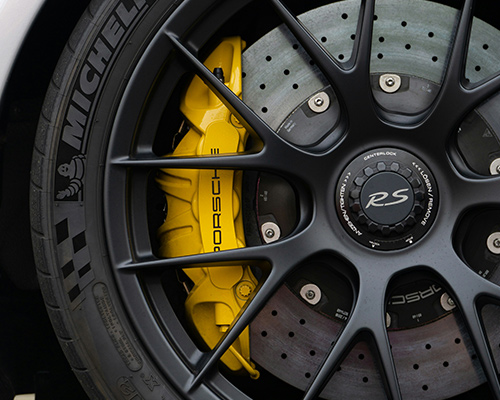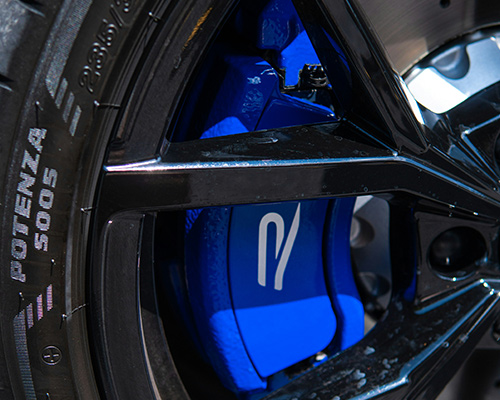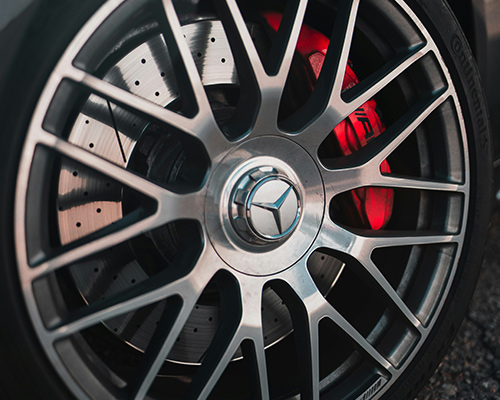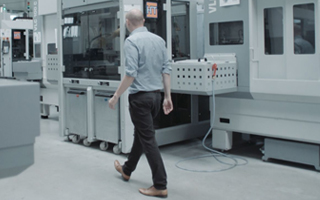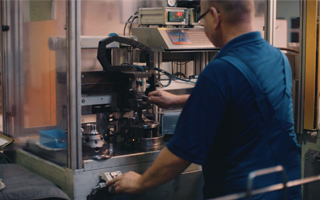Are Drilled and Slotted Brake Discs Worth the Hype?
11th April 2024
When it comes to upgrading your vehicle's braking system, there's no shortage of options available. Among the various upgrades which enhance performance and aesthetics, drilled and slotted brake discs often steal the spotlight. These specialised brake discs promise improved heat dissipation, reduced brake fade, and enhanced braking performance. But are they truly worth the hype? In this article we'll look into the science behind drilled and slotted brake discs, examine the pros and cons, and help you decide if they're right for your vehicle.
Understanding Drilled and Slotted Brake Discs
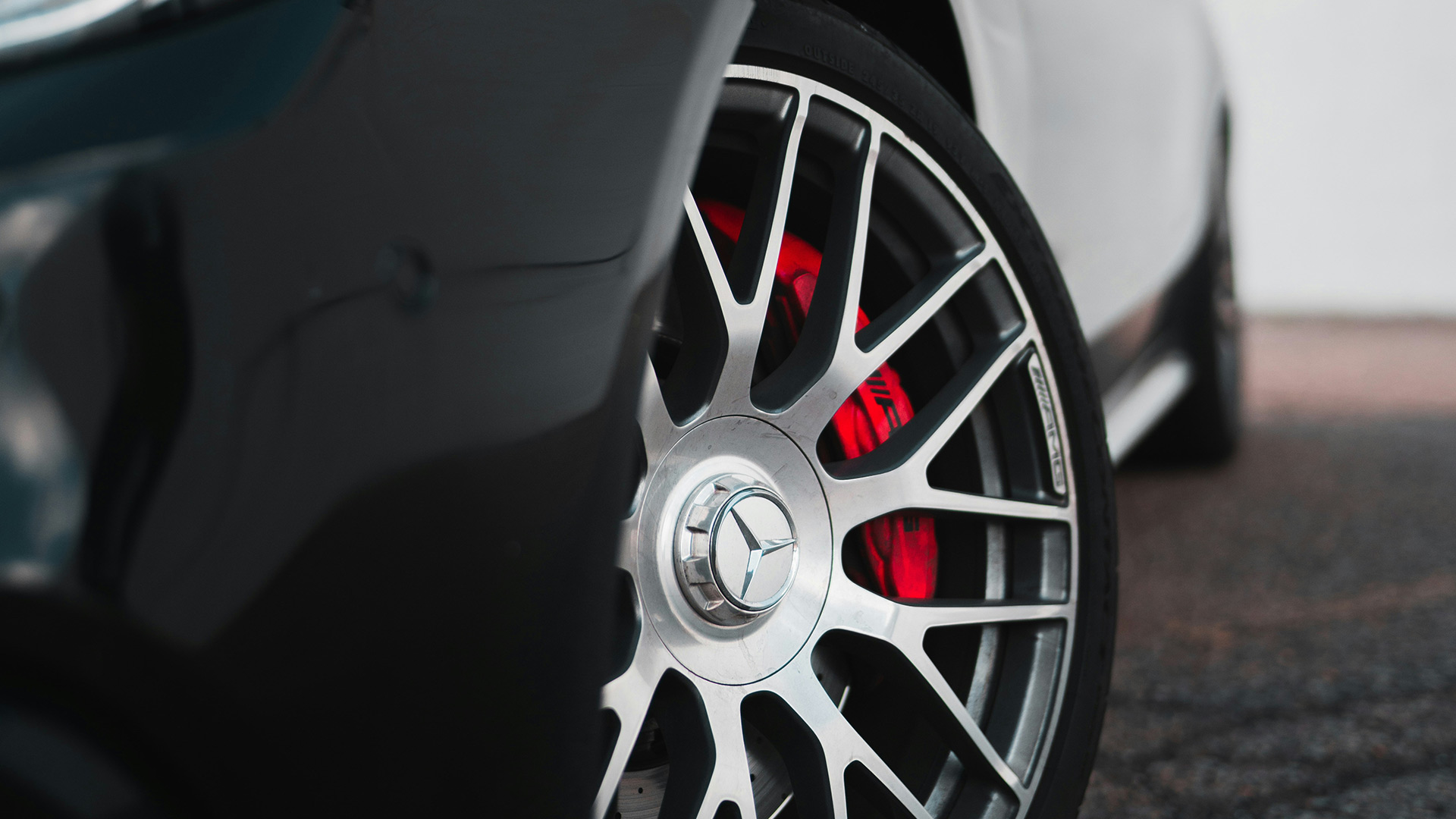
Drilled and slotted brake discs are aftermarket upgrades designed to improve the performance and longevity of your vehicle's braking system. Unlike traditional solid discs, which feature a smooth, uninterrupted surface, drilled and slotted discs incorporate strategically placed holes and shallow slots on the disc's surface.
The purpose of these features is twofold:
Heat Dissipation: During braking, friction between the brake pads and discs generates heat. Excessive heat buildup can lead to brake fade, reduced braking performance, and even failure. Drilled and slotted discs are designed to dissipate heat more effectively than solid discs, allowing for better thermal management and consistent braking performance, particularly during intense driving conditions or heavy braking.
Gas and Debris Removal: In addition to dissipating heat, drilled and slotted discs also aid in the removal of gases and debris that can accumulate between the brake pad and disc surface. The holes and slots provide channels through which gases and debris can escape, preventing the formation of a boundary layer that could reduce braking efficiency and lead to brake fade.
Benefits of Drilled and Slotted Brake Discs
Enhanced Heat Dissipation: The primary advantage of drilled and slotted brake discs is their superior heat dissipation capabilities. By increasing the surface area of the disc and providing additional pathways for heat to escape, these discs help prevent overheating and maintain consistent braking performance, even under demanding driving conditions.
Reduced Brake Fade: Brake fade occurs when the braking performance deteriorates due to overheating of the brake system. Drilled and slotted discs are less prone to brake fade compared to solid discs, allowing for more consistent braking performance over extended periods of heavy use.
Improved Wet Weather Performance: The channels created by the slots in drilled and slotted discs help dissipate water and reduce the risk of hydroplaning, enhancing braking performance in wet weather. This can provide added safety and confidence.
Aesthetic Appeal: Beyond their functional benefits, drilled and slotted brake discs also offer a distinct visual appeal. The unique appearance of these discs can add a sporty look to your vehicle.
Drawbacks of Drilled and Slotted Brake Discs
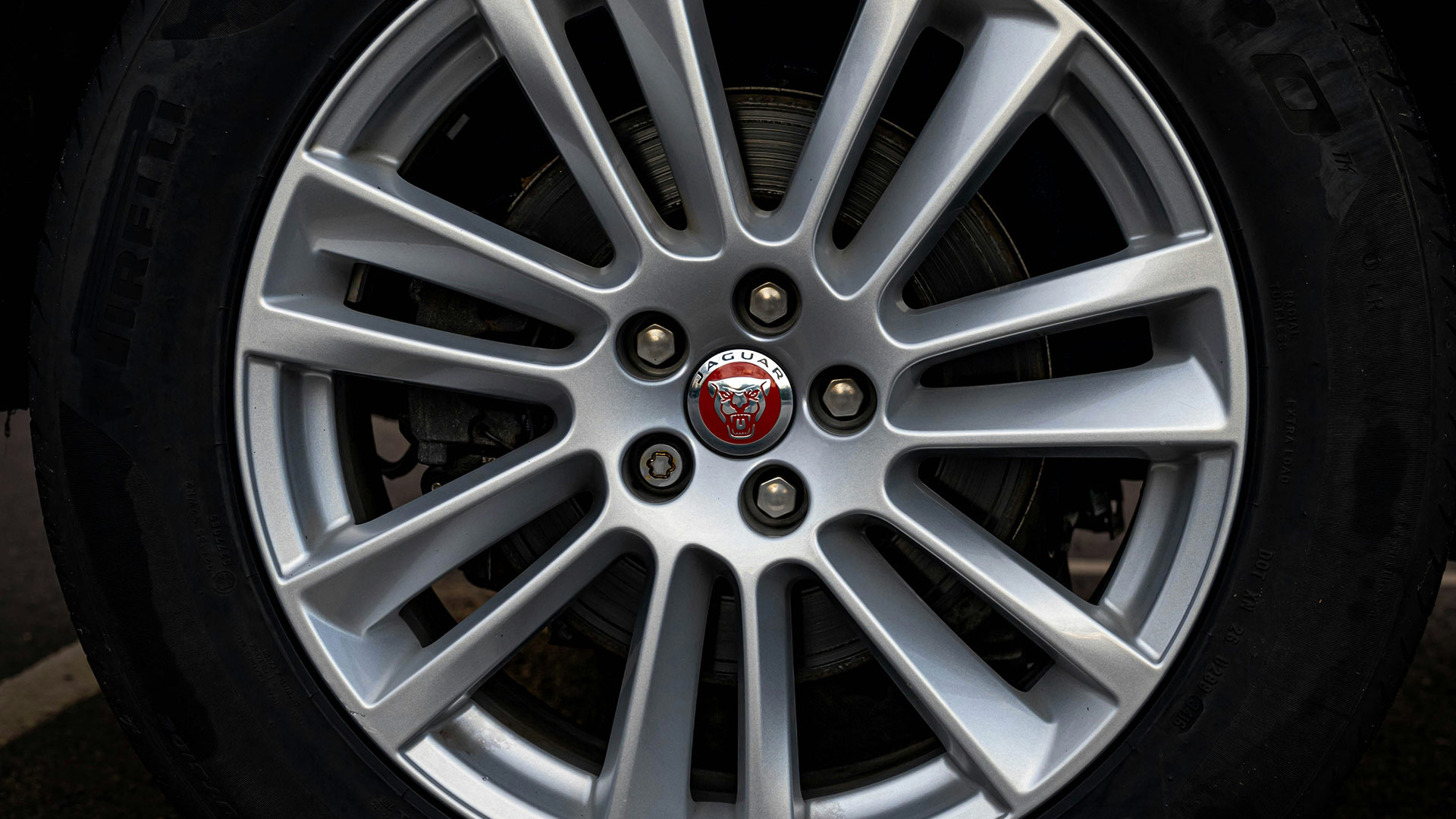
Cost: One of the primary drawbacks of drilled and slotted brake discs is their higher cost compared to traditional solid discs. The manufacturing process involved in creating these specialised discs is more complex, resulting in a higher price tag for consumers.
Potential for Cracking: Some critics argue that drilling holes in brake discs can weaken the structure and increase the risk of cracking, particularly under heavy braking or extreme driving conditions. While modern manufacturing techniques have mitigated this risk, it's still a concern for some drivers.
Increased Brake Pad Wear: The slots on drilled and slotted discs can accelerate brake pad wear, as they provide additional contact points between the pad and disc surface. This means that you may need to replace your brake pads more frequently when using drilled and slotted discs, adding to the overall maintenance cost.
Noise and Vibration: In some cases, drilled and slotted brake discs may produce more noise and vibration during braking compared to solid discs. This can be attributed to the irregular surface of the discs and the interaction between the pads and slots. While not necessarily a performance issue, it can be a consideration for drivers seeking a quieter ride.
Conclusion
In conclusion, drilled and slotted brake discs offer a range of benefits, including improved heat dissipation, reduced brake fade, and enhanced wet weather performance. However, these advantages come at a higher cost and may be accompanied by drawbacks such as increased brake pad wear and potential noise and vibration. Whether drilled and slotted brake discs are worth the hype ultimately depends on your driving needs, preferences, and budget. If you prioritise performance and are willing to invest in premium brake components, drilled and slotted discs may be a worthwhile upgrade for your vehicle. However, if you're satisfied with the performance of your current braking system and concerned about cost-effectiveness, traditional solid discs may be a more practical choice. As with any aftermarket upgrade, it's essential to weigh up the pros and cons carefully and consult with a trusted automotive professional before making your decision.


